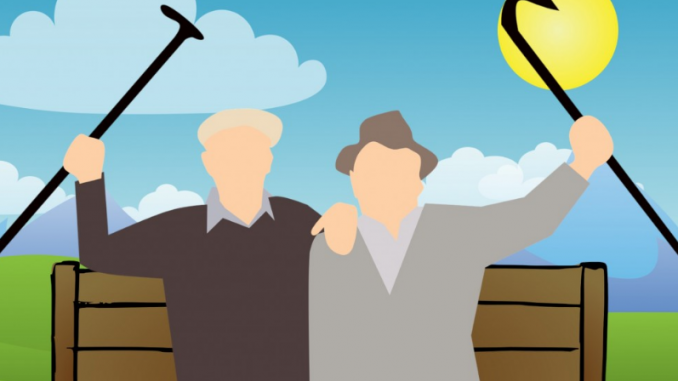
Harsh winter months are toughest on the elderly. This is why so many of them transition into a snowbird lifestyle, where they evacuate their winter homes and travel southbound for some respite throughout the winter season. Many of these snowbirds are retirees who have owned a property in the state they travel to, others rent the property regularly. Whatever the case, these snowbirds are provided with an excellent vacation spot for a number of months throughout the year. One that makes life easier on them and can provide a means to allowing other family members to travel and visit them as well. Throughout this post, the challenges of transitioning into this lifestyle, in addition to the strategies that make it much less of a challenge will be detailed.
While this process is exciting, there is a lot of work to be done prior to these snowbirds being able to move into their winter homes. It starts with winterizing the house that will be left unoccupied. This means these snowbirds should likely suspend services like cable and internet, but more importantly their water to avoid any flooding or water damage possibilities throughout the winter. Lowering the heat is also recommended, but the heat should never be turned off for extended periods of time while away. Turning the heat off leaves water pipes liable to freeze in the coldest months.
While these are all great tips for preparation for the home, there’s more to be done. For example, what about the vehicles or appliances being kept in the winter home? Any fridges will definitely need to be cleared out prior to leaving as this will help avoid any perishables decaying while the home is unoccupied. Snowbirds will also want to consider leaving the door open on any fridges in the home, as well as unplugging them to reduce electricity costs.
Prior to leaving, have maintenance done any integral systems of the home, the most important being the heating system. A professional will be able to determine if the system is suitable to cover the home for the duration of any stay and can recommend the best ways to keep a home warm throughout these snowbirds’ travels. They may also recommend unplugging any electronics around the home to avoid any fire risks.
Snowbirds will also need to reach out to their local USPS office and have their mail forwarded to their new address. This would also be the perfect excuse to cancel any subscription to magazines or other mail that is unnecessary. One other major consideration that many snowbirds take is mentioning something of their travels to their neighbors. Having a close eye on their home while they’re away is helpful, even if these snowbirds are unable to do anything about it themselves while they’re away.
This sort of lifestyle change has been proven to have a positive impact on most retirees, despite all of the challenges necessary to facilitate it. If you have a potential snowbird in your life but are worried about the transition necessary to give them a better life in the winter months, continue reading on to the infographic coupled alongside this post for more information. Infographic courtesy of Transport Advisers.

Leave a Reply